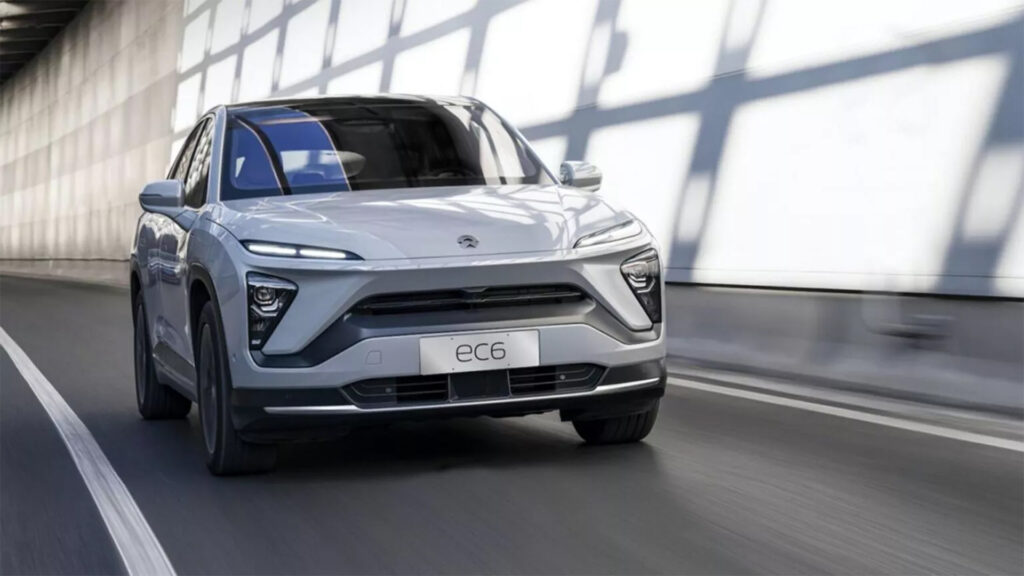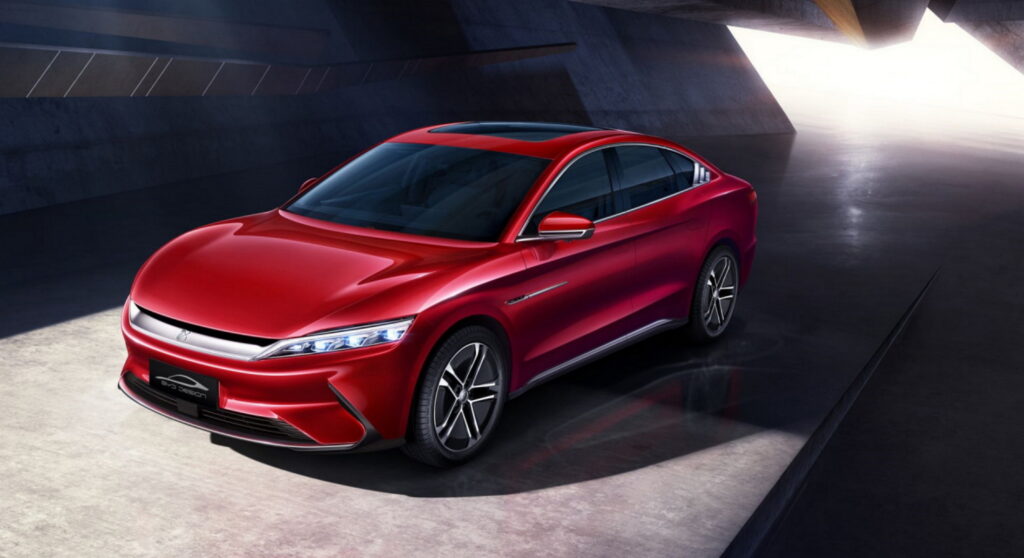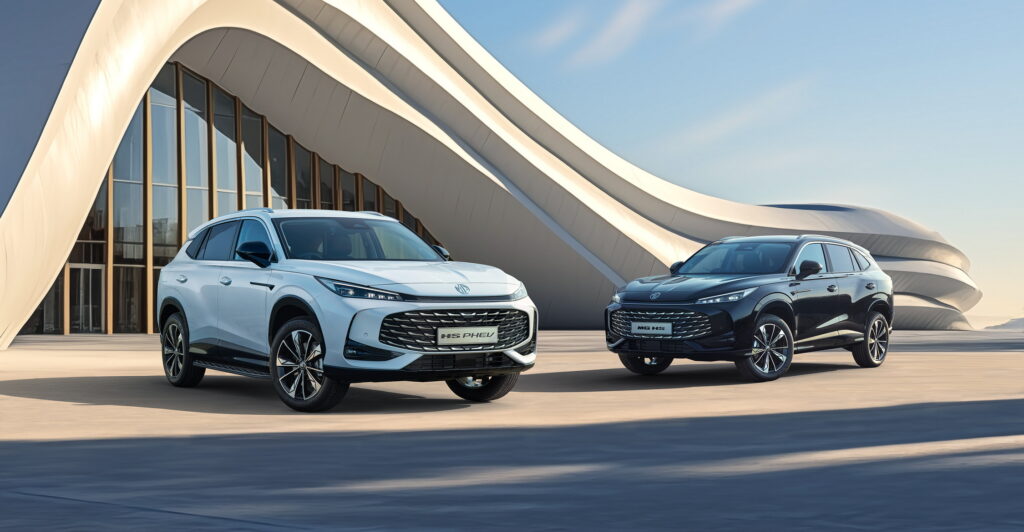Dacia’s Tiny EV Declares War On Europe’s Overpriced Cars
- The Dacia Hipster concept is an ultra-low-cost EV smaller than a kei car.
- Blocky design, modular interior, and lightweight 800 kg build keep costs low.
- Production version could follow new EU regulations allowing cheaper EVs.
The race to make electric cars affordable has produced plenty of overcomplicated ideas, but Dacia’s Hipster concept goes the opposite way. Think Citroen 2CV and Fiat Panda in its simplicity. It’s unapologetically basic, designed to get people moving without the frills or inflated promises that often come with an EV badge.
More: Dacia’s New 4×4 Hybrid Wants To Kill Fuel Bills And Range Anxiety In One Shot
Now, the Hipster is officially still just a concept, but its production intent is clear. It’s expected to undercut Dacia’s most affordable electric model, the Spring, which starts at just under €17,000 euros (around $18,400) in Germany and roughly £15,000 (about $18,900) in the UK.
According to Dacia, the average price of new vehicles in Europe climbed by an eye-watering 77 percent between 2010 and 2024, far outpacing household income. With the Hipster, the brand aims to bring electric mobility to a broader audience, pushing beyond what the already budget-friendly Spring offers.
Compact By Design
The Hipster measures 3 meters (118.1 inches) in length, 1.55 meters (61 inches) in width, and 1.54 meters (60.6 inches) in height, making it even smaller than a kei car. Only a few micro-sized quadricycles like the Citroen Ami manage to come in beneath it on the size chart.
Dacia describes the Hipster’s shape as “a block sitting firmly on four wheels at the four corners.” It looks like a scaled-down mix between a Jeep and a Land Rover Defender, with a stubby front, upright nose, and flat window surfaces that give it a utilitarian charm. There are virtually no overhangs, and the proportions seem designed more by common sense than by committee.
The bodywork is painted in a single color with three colorful parts and protecting cladding made of a partly-recycled material called Starkle. Other cost-cutting measures include straps instead of door handles, taillights mounted behind the rear glass, and sliding windows.
Small And Lightweight
Despite its tiny footprint, the Hipster promises enough room for four adult passengers in comfort-oriented bench seats. Behind the split tailgate there is a 70 lt (2.5 cubic feet) boot that can grow to 500 lt (17.7 cubic feet) when the rear seats are folded.
More: Dacia Made A Pickup Out Of The Duster And Forgot The Pickup Part
The interior makes full use of the brand’s “You Clip” accessory mounting system with 11 anchor points for cupholders, armrests, lights, toys etc. In typical Dacia flavor, the user’s smartphone is mounted on a docking station serving as a digital key, a navigation device, and an infotainment system connected to a portable Bluetooth audio speaker. There is also a digital instrument cluster behind the futuristic steering wheel, and dual airbags.
At just 800 kilograms (1,764 pounds), the Hipster weighs roughly 20 percent less than the Spring subcompact hatchback. That weight-saving mindset carries through to its environmental goals, as Dacia aims to cut the car’s full lifecycle carbon footprint in half compared to conventional EVs by using less material and energy overall.
Enough Range For Half Of The Week
The exact battery capacity and motor output remain undisclosed, but Dacia hints that the Hipster’s range is tailored for real-world habits rather than marketing numbers.
According to the company, research shows that 94 percent of French drivers cover fewer than 40 kilometers (25 miles) daily, or about 280 kilometers (174 miles) a week. The Hipster is designed to manage typical routines with only two recharges per week, suggesting a usable range near 93 kilometers (58 miles).
From Idea To Reality
Dacia’s take on reinventing the car is not just a design study. It is clear that the company wants the Hipster to evolve into a production offering that could shake up the EV market in Europe. This could happen with the upcoming regulatory changes allowing smaller and more affordable EVs to be sold across the continent.
Interestingly, the Hipster is different from the budget-friendly electric hatchback that was teased earlier this year promising a sub-€18,000 starting price and a mid-2026 debut. Besides unveiling the new concept, Dacia has also introduced an updated Spring EV, alongside facelifted versions of the Sandero, Sandero Stepway, Loggan, and Jogger.

























